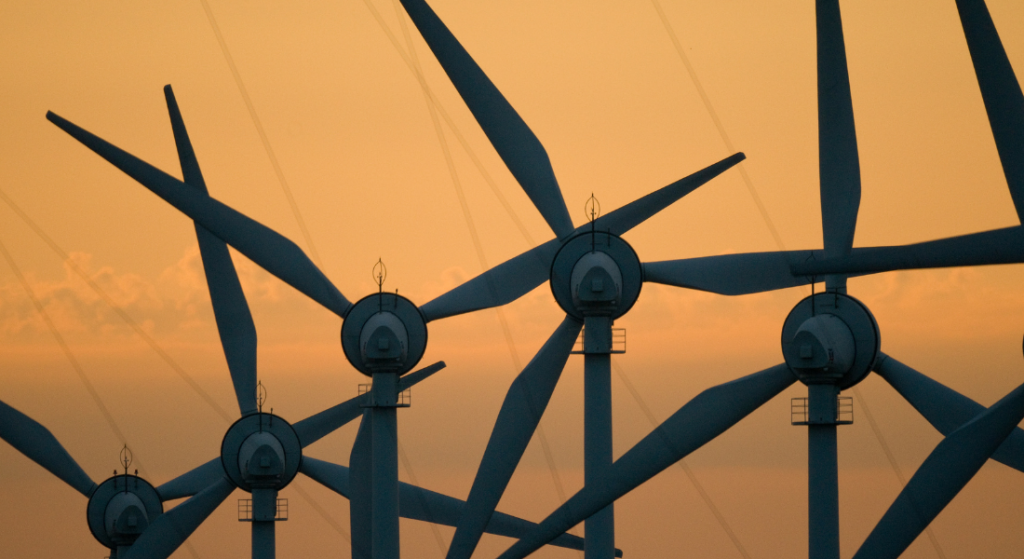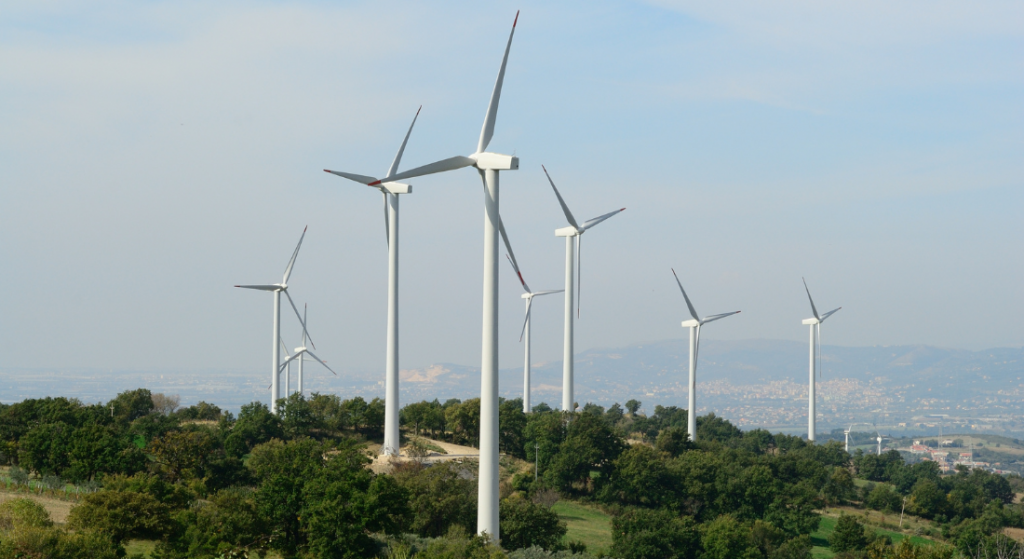
Latest reports from the National Grid shows that the UK produced a record amount of wind-generated electricity during 2022.
The UK produced more electricity power via renewable and nuclear power sources, than that of coal and gas during 2022, at highs second only to 2020.
We all know that in order to replace harmful fossil fuels with green power, wind power must take on much of the burden of producing energy for homes up and down the country.
The global energy crisis has placed further emphasis on renewables since wind and solar power is significantly cheaper to generate than fossil fuel counterparts.
The Statistics

Image from National Grid SO
Campaigners, scientists and entire nations have long banged the drum for increasing renewable energy as a remedy for the effects of continued global warming and environmental damage.
In fact, 2022 was the hottest year on record for the UK and these temperatures are expected to continue in the future.
As expected, gas power was the most significant source of electricity generation, according to statistics from the National Grid Electricity System Operator, which showed 38.5% of electricity coming from gas and 26.8% coming from wind power.
In a single day in November of 2022, more than 20 GW of electricity was produced via wind power for the first time, which represented more than 70% of all of the electricity generated for that day.
Since then that record has been broken again, on the 30th of December 2022, when 20.918GW of electricity was generated by wind turbines.
Fossil Fuels in 2022

During February, May, October, November and December, more than half of the UK’s electricity generation came from zero carbon electricity sources, such as wind and nuclear power.
Coal usage – widely acknowledged as the most potent of polluters – continued to decrease. In fact, reliance on coal generated electricity has dropped to just 1.5% when compared to 2012, when almost half of generated electricity came via coal.
As the UK continues to build a more green and ecological sound future, which will include greater reliance on wind turbines and solar farms, more and more of our electrical energy will come through this source.
The Future
The UK has a good track record when it comes to offshore wind. Our long stretches of coast and windier climate has made wind energy an attractive prospect.
However, onshore wind generation was effectively banned in 2015, when David Cameron’s government excluded them from the Green subsidies list. This has limited our ability to generate wind power, and further infrastructure is certainly necessary to further our transition from fossil fuels.
Rishi Sunak and his government consulted on the issue in December of 2022, and have relaxed restrictions that have previously served to prevent onshore wind turbines.
However, the government has also promised to increase fossil fuel investment, and approved the development of a new coal mine project in the UK, despite fierce opposition.
Conclusion
Energy prices and supplies were at their most volatile in decades during 2022 due to the war in Ukraine, which led to sanctions placed on the Russian government, who had been an important importer of gas to Europe.
It’s for this reason that the likes of Spain, Germany, Italy and the US began increasing their renewable energy programmes, and why the UK needs to follow suit.
If you’d like any more advice about what we’ve covered in this blog, or you’d like to learn about any of our other products or solutions, then why not contact us today for more information?
